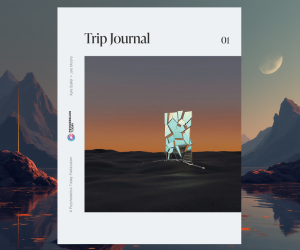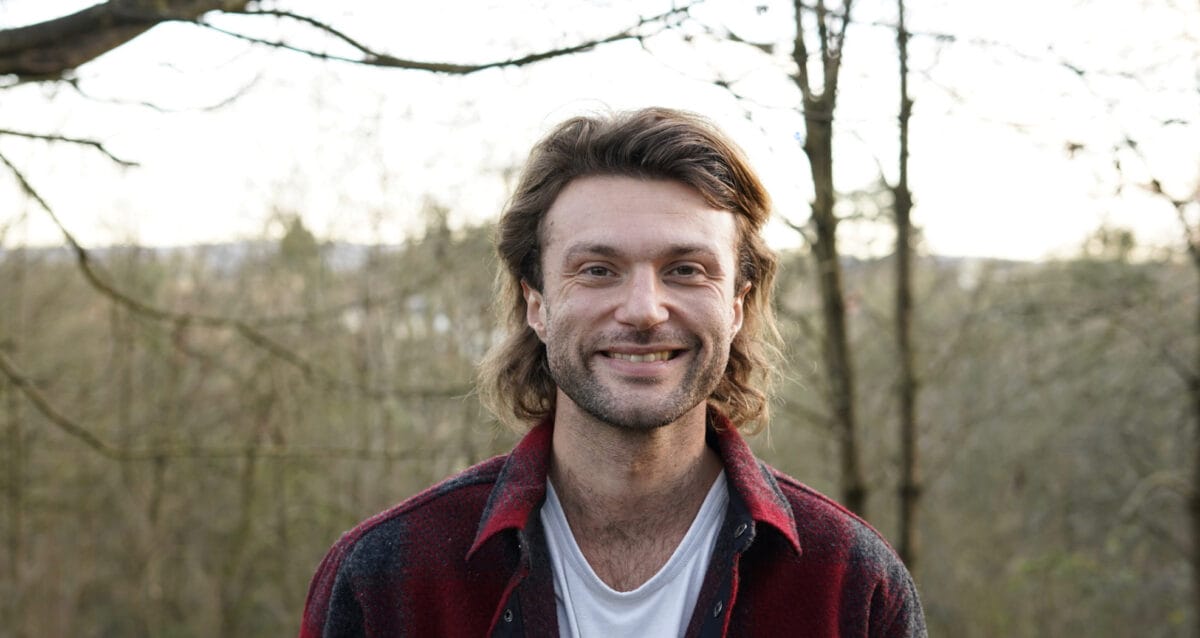Despite the dose, the substance, or a carefully tuned set and setting, seemingly, psychedelics don’t always work for everyone. This frustrating phenomenon known as the “nada effect” sometimes shows up, and leaves individuals without the psychedelic trip they expected.
But why does this happen? Could the ego be the key to understanding this no-high zone, or are biological factors, medications, or deeper psychological and spiritual reasons to blame?
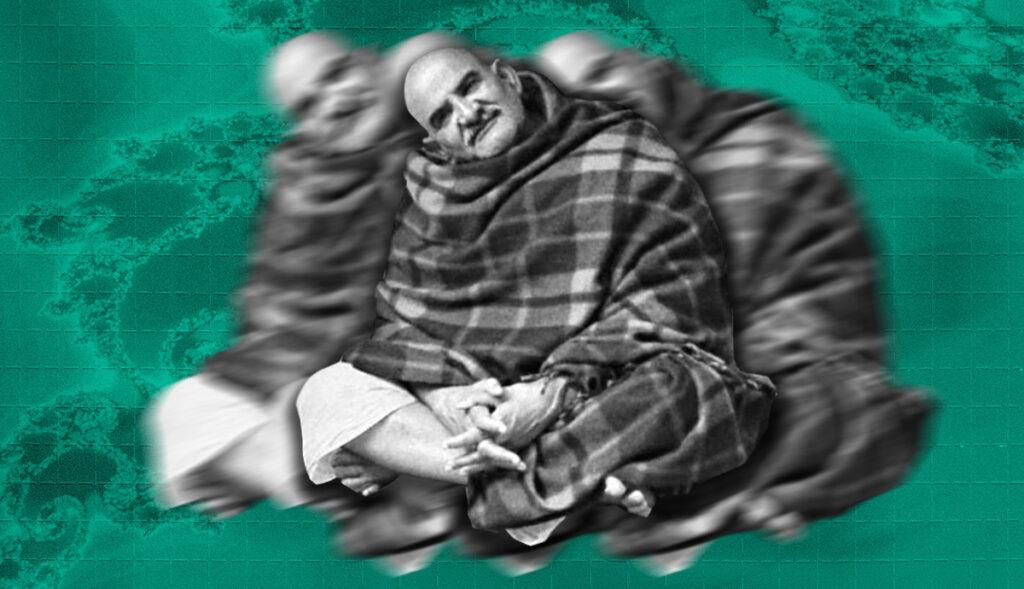
When Psychedelics Don’t Always Work: A Historical Account
When Richard Alpert, the former Harvard psychologist who later took the name Ram Dass, met his spiritual guru Maharajji in 1967 he was asked if he had “any of that yogi medicine.” Meaning, of course, LSD.
Alpert duly handed over a 300-milligram capsule of LSD, already a considerable dose, but Maharajji asked for two more pills.
“I was thinking this is going to be pretty interesting, and nothing happens at all,” Ram Dass later recounted. “I was impressed.”
Three years later in India, Maharajji requested an even larger dose of 1,200 milligrams.
“At one point he went under his blanket and then he came back down looking absolutely mad, and I thought ‘What have I done to this poor old man?’ He doesn’t understand the power of our medicine, and he probably did throw it over his shoulder last time.”
Once Ram Dass was “totally paranoid” and regretting giving such a potent dose of LSD to a man who had no experience with psychedelics, Maharajji “laughed in glee” and demonstrated that he had, in fact, not been tripping. The ultimate purpose of the exercise, it seemed, was to show Ram Dass the relative impermeability of the spiritually enlightened – so long as the mind is firmly fixed on God – to psychedelic substances.
‘The Psychedelic Space is Filled With Some of the Biggest Egos’
Today, scientists give the notion that psychedelics don’t work for the “enlightened” little regard, even despite contemporary tales of master meditators experiencing little effect from large doses.
“For a field that is all about ego dissolution, the psychedelic space is filled with some of the biggest egos that say the most outlandish stuff,” says Zeus Tipado, a neuroscientist and PhD candidate at the University of Maastricht. “A person claiming they can’t trip because they’re ‘more spiritually evolved’ is the highest of ego trips. They’re fabricating a level of superiority that is unnecessary and unscientific.”
Naturally, as the use of psychedelics increases and mainstream culture adopts some trippy elements, some may claim to be more spiritually evolved and psychedelically experienced than others.
“This creates a division – ‘us’ vs. ‘them’ thinking – and that thinking doesn’t really do much for humanity except create separation,” Tipado adds.
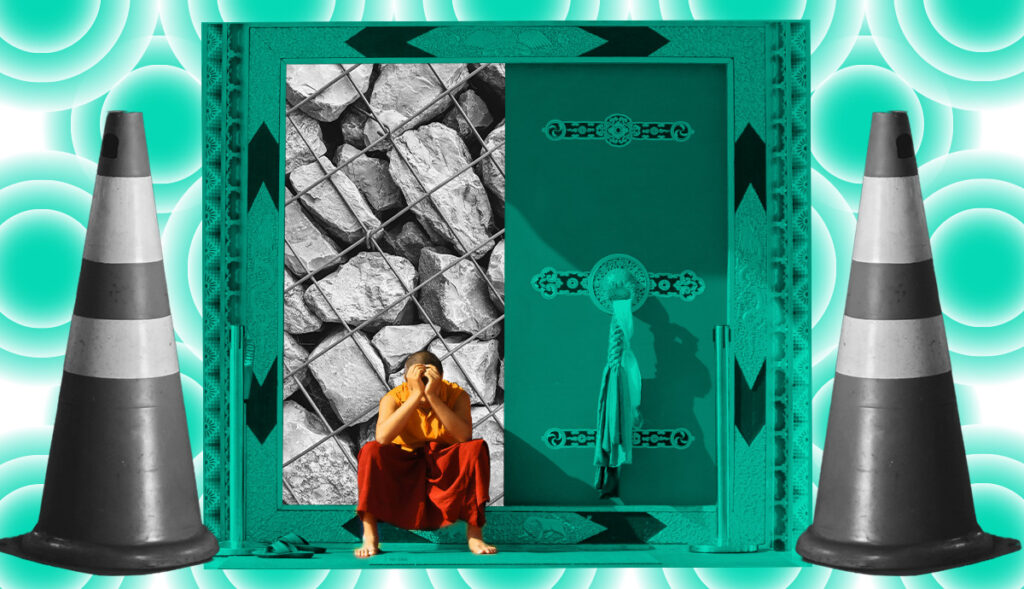
(Unsurprisingly) Studies Show People Have Stronger Experiences at Higher Doses
Although Maharajji took a huge dose of LSD, explanations for some who claim to have no discernible visionary or felt experience – the so-called “nada effect” could be related to the amount of substance taken.
A 2011 Johns Hopkins university study reported that, perhaps unsurprisingly, participants had significantly stronger mystical-type experiences at higher doses of psilocybin compared to lower doses.
A 2016 Imperial College study also found that larger doses of psilocybin resulted in deeper emotional processing.
Manoj Doss, PhD, a cognitive neuropsychopharmacologist at the University of Texas in Austin, largely rejects the idea that those who may have spiritually transcended are less likely to experience intense trips, but he acknowledges that people – monks, for instance – who are not caught up with the “chaos” of the mind and worrying about what they have to do the next day may find the psychedelic experience more tolerable.
“Some people definitely don’t get effects,” he says. “Some people don’t get visuals, but they get the weird mind space. Some people get visuals and less of the weird mind space. I do imagine if they cranked up the dose, then they would probably start to go into some weird places in their head.”

Why Psychedelics Don’t Work for Everyone: Prior Beliefs, Aphantasia, or Medication History
According to psychopharmacologist Robin Carhart-Harris’ relaxed beliefs under psychedelics (REBUS) theory, the relaxation of top-down expectations encoded within the default mode network of the brain is crucial.
Whether one’s top-down expectations relax or not “may be the defining characteristic of psychedelic brain dynamics and subjective experience,” reports neuroscientist Marco Aqil.
This process allows an increased flow of bottom-up information which is “unsuppressed” by existing beliefs.
Others are more prone to “absorption” than their peers.
“Maybe the only personality trait that is reliably known to be related to the intensity of the experience is absorption,” says Dr. Leor Roseman, a psychedelic researcher at Exeter University.
Some people get more absorbed easily in their external or internal worlds, he explains. For instance, some are more absorbed in the experience of watching a sunset than their peers.
“People who are higher on the absorption scale are also more sensitive to psychedelics,” adds Roseman. “People who are low on absorption need higher doses.”
Tipado, meanwhile, offers an alternative possible explanation that the condition aphantasia, which makes it impossible for people to visually imagine things, may impinge on the ability of people to have psychedelic visions.
“We don’t necessarily know why aphantasia happens and some people with this condition also have an inability to imagine hearing something – so it may be a wider sensory condition,” Tipado says. “Varying spectrums of aphantasia could explain why some people don’t have a perceptual trip when they do psychedelics.”
Those who do not experience intense effects may effectively have less serotonin 2-A receptors available for the psychedelic to upregulate, Doss adds. This could be down to having recently taken antipsychotic medication, though one paper proposes that genetics could be the reason. Early research and anecdotal reports also suggest that people who have taken antidepressants for some time are more likely to report reduced effects, because the drug is effectively using some of the serotonin receptors for its own purposes.
“I’ve heard of retreats in Jamaica and Mexico where they won’t wean people off SSRIs but start them at a regular dose but then double the dose if it doesn’t do anything,” Doss says. Other facilitators might then offer a cannabis joint to activate the effects of psilocybin, for instance.
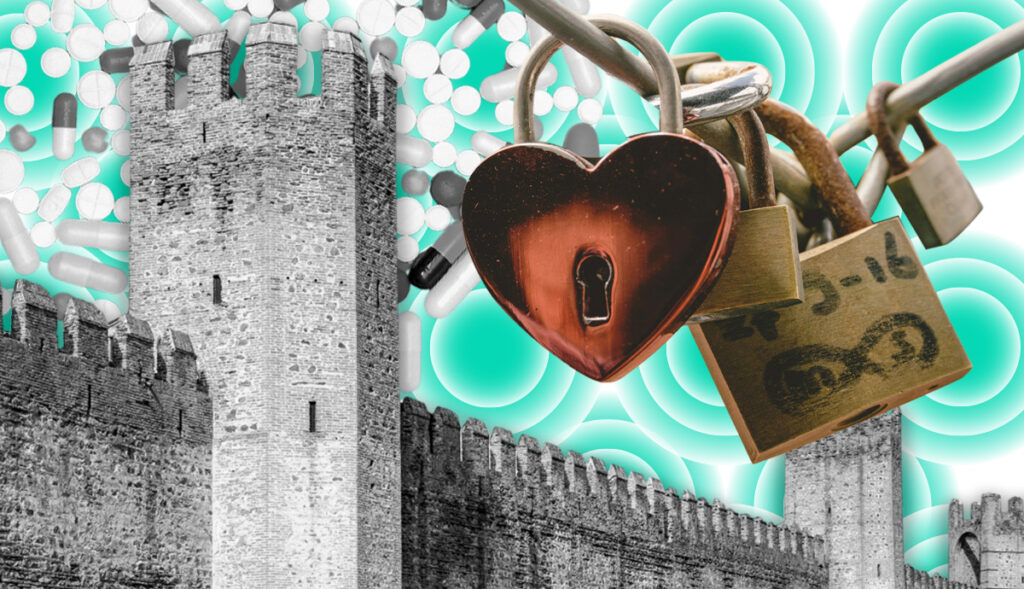
‘For Some People, it’s Just So Hard to Trust’
But Dr. Rosalind Watts, the former clinical lead for Imperial College London’s psilocybin for depression trial, says that it would be wiser to guide people who have experienced serious traumas and exhibit signs of interpersonal distancing – characteristics, she says, of people who do not “break through” during psychedelic trials – through breathwork sessions and smaller doses over weeks prior to a bigger dose to build trust and safety.
“For some people, it is just so, so hard to trust,” Watts told the Adventures Through the Mind podcast. “There is this holding on, because it just doesn’t feel safe… [and they] would probably need a lot more support in order to let go.”
When somebody’s system is overwhelmed with a feeling of unsafety, there can be “a shutting down,” she adds. “On a neurobiological level I’m sure there are processes that kick in that might put the brakes on, if something feels so dangerous to the organism, then the organism shuts down.”
During the podcast, Watts responded to how psychiatrist Stan Grof spoke of how some hyper-vigilant patients exhibit a compulsive holding in the psyche that only a dose of 1,500 milligrams of LSD could penetrate, after which a regular dose of the psychedelic would have a felt an effect.
Those more interested in shamanistic explanations than clinical definitions may simply say, the person receives what they are ready for when it is the right time.
“There is a homeostatic balancing system and if your system doesn’t need a big jolt then you’re not going to get a big jolt,” says Watts. “My sense would be that dose would certainly come into it. And that for these people, if we’d have given them a much larger dose, then maybe there would have been this breakthrough and they wouldn’t have been able to hold on.”
It is not uncommon for at least one person in a group of people taking ayahuasca in a ceremony to report having experienced very little, or nothing, she adds.
“It would be very interesting to interview all those people and try and work out if there was some – maybe unconscious – sense of unsafety, in the environment because of how they were feeling that day, or just not feeling safe enough to let go.”
Roseman says that participants in certain ayahuasca ceremonies may justifiably not feel safe enough to have a transcendent experience
“There’s a lot of research about how trust predicts spiritual experiences, breakthroughs and positive therapeutic experiences,” he says. “Some people do not trust easily, but it can be that the facilitators are genuinely untrustworthy. Not all resistance is a bad thing.”
So, why did Maharajji not breakthrough with 1,200 milligrams of LSD?
“I don’t know, I don’t believe that so much,” says Roseman. “I don’t buy it.”

